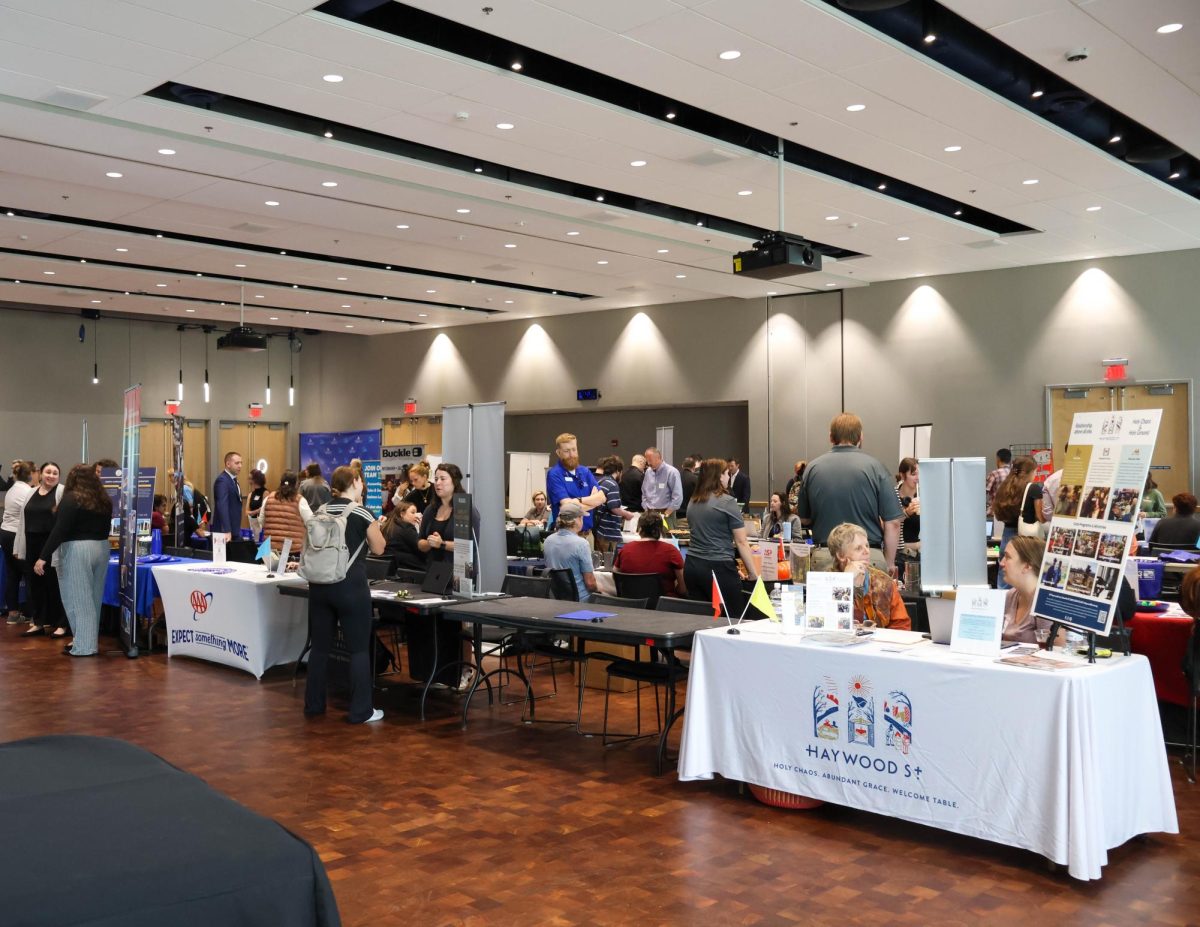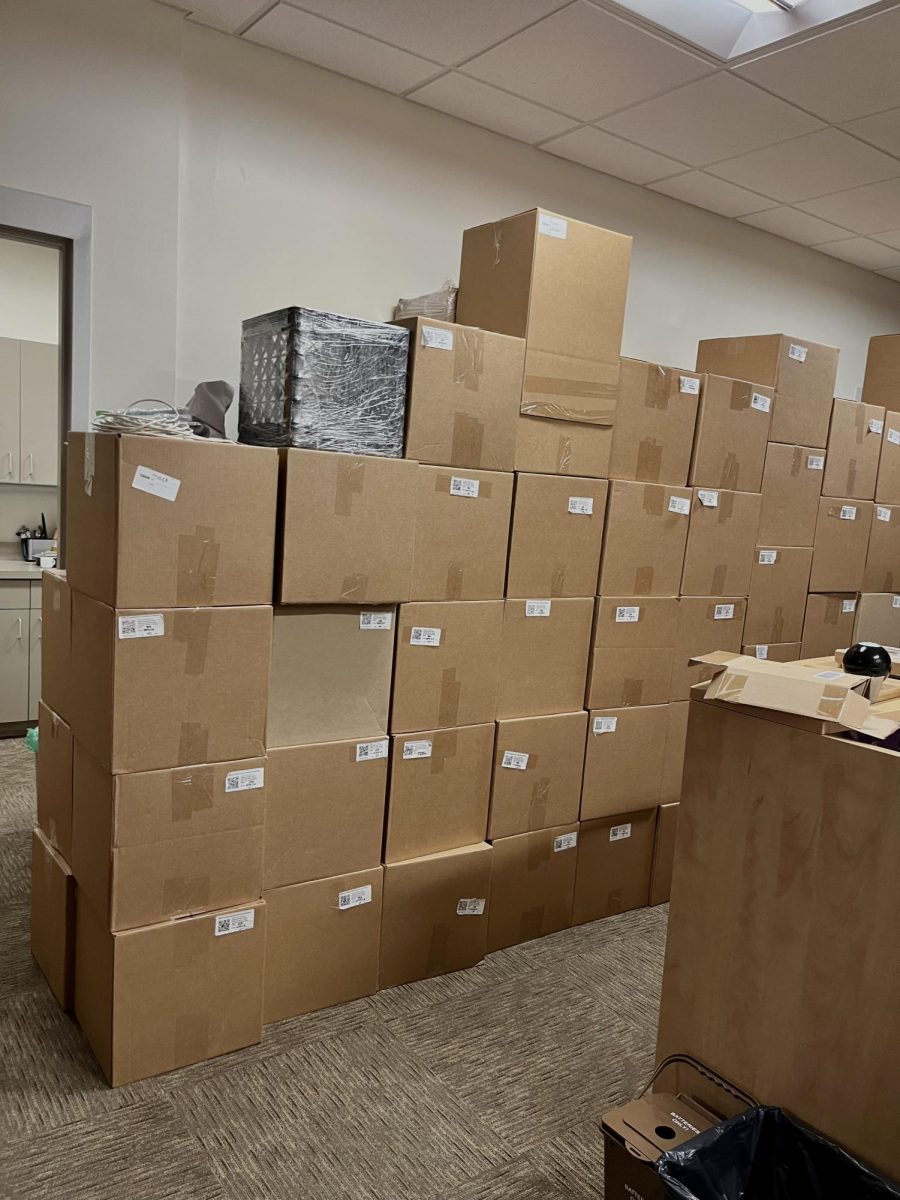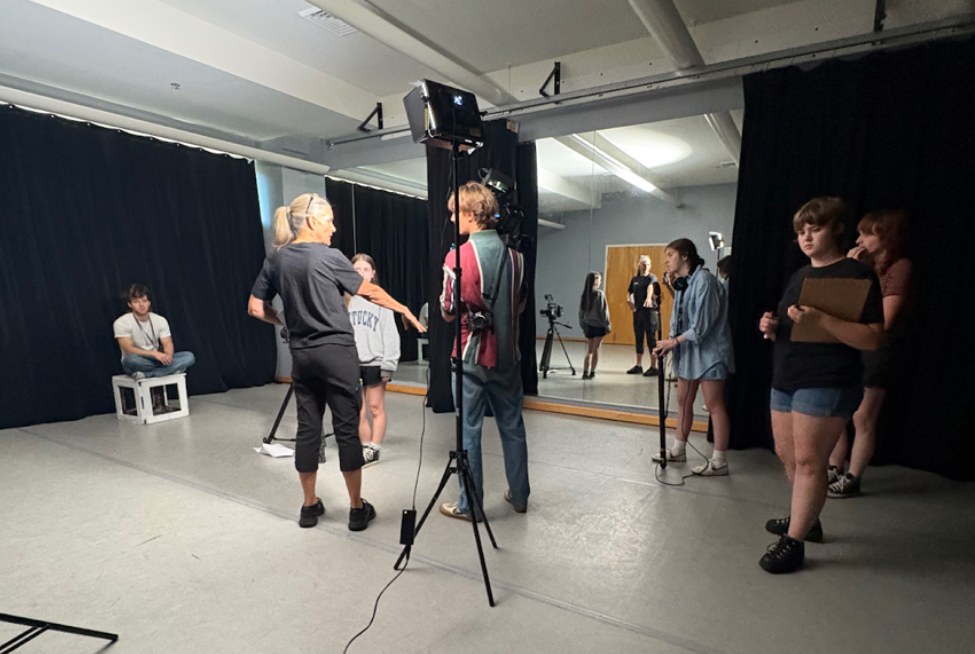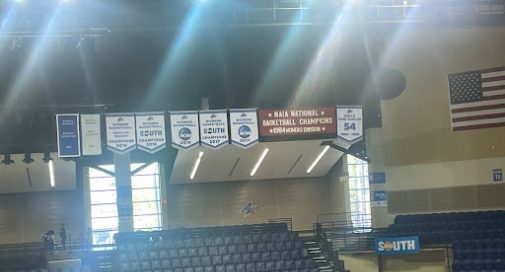Gretchen Ledford
Contributor
[email protected]
In the meeting room of the Community Police Action Committee, people gathered to discuss a heated agenda.
According to members, the recent upswing in community involvement divided the committee on how best to be effective, causing Chairman Larry Holt to make the decision to exclude police from the March meeting altogether.
Holt said he alone made the choice to change the traditional format. There were no police officers present and no formal table, just a circle of chairs lining the room at the Grant Center.
“Let’s just see how this goes without the police,” Holt said. “But a number of folks said, the only reason we came is to holler at the police.”
The minutes from March note the committee’s desire to discuss the power of the chairman to make such a decision, as well as the possibility to have the police at every other meeting. No decision was reached.
“Some community members want the police to be at every meeting, but without guns,” Holt said. “But a sworn officer of the law cannot just not carry a firearm.”
Holt said the greatest participation from the public tends to occur when people get angry. When things get fiery, he said, CPAC takes the heat.
For example, on Jan. 30, a cellphone video showed an Asheville police officer approaching three teens with an AR-15. The call to APD said the teens had a gun, which turned out to be a BB gun with the orange tip broken off.
At the next CPAC meeting in February, the public became angered and increasingly critical. It became so intense the clash continued, Holt said.
“The confrontation spilled out into the parking lot after the meeting. It got knee-to-knee and eyeball-to-eyeball, which is not acceptable,” Holt said.
Lt. Michael Lamb said the APD takes the anger in stride. After seven years on CPAC, 20 years at APD and a lifetime in Asheville, he is used to listening to various considerations and concerns.
“It is important that the police department is able take in those concerns and that the community is able to get those concerns out. Progress is made when we communicate,” Lamb said.
Lamb said many community members may be uncomfortable by police presence and may not want to participate in CPAC. He said the change in venue helped to encourage more community involvement.
Committee member Carol Rogoff Hallstrom pushed for the change in venue and time. Hallstrom has a long history of civil rights work as both a citizen and attorney for the Department of Justice. She said she uses her knowledge to foster diversity, openness and inclusivity.
Originally, the group met at the Asheville Police Department’s downtown headquarters at 3 p.m. Hallstrom said meeting at that time and location created inaccessibility for many people who work. She said she fought for the change. To her, CPAC does not work without the “C” — community.
“In theory CPAC is the bridge of communication between the police and the community, but there are many different views on how that is to occur,” Hallstrom said.
For Holt, the “P” stands out the most.
“The term of the mission statement that jumps out at me is police advocacy,” Holt said. “We are to hear from the community and advocate for the police. At this point and time, the police don’t have that many advocates.”
The March minutes note the differences and the frustration. Part of the minutes state there are not enough community members, while another part notes there was too much engagement. Several times, they note a plea for more information about the job.
“The last few meetings have been contentious and many of us are questioning what the role is of this committee,” Holt said. “What do we do to fulfill our mission as outlined by the city and those outlines are pretty vague.”
“CPAC has no official authority. It is not the government. It is not an extension of the police department, nor the voice of the police department. It is independent and for the community as a whole,” Hallstrom said.
The police department sees tremendous value in CPAC. Lamb said the APD really listened to the community about body cams, use of force and de-escalation training at the meetings.
“It gives us an opportunity to show the community what we are doing, how we operate and insight into police action,” Lamb said.
Despite the difference in the ways the APD, Hallstrom and chairman Holt view CPAC’s role in Asheville, they agree on its value.
“What I would really like a clarification of what the council really expects of CPAC,” Holt said. “There is a public safety committee that is made up of elected officials that possibly is the better venue. They are elected officials. They are the ones to make change. Maybe people should go talk to them.”
Categories:
Police action committee struggles to advocate effectively
April 12, 2017
0
More to Discover


![Brooke Pedersen [second from the right] and Luis Reyes [right] hold banners during the Wrap The Woods event.](https://thebluebanner.net/wp-content/uploads/2025/09/ELIZABETH_PRITCHITT_IMG_3470-1200x804.jpg)


















